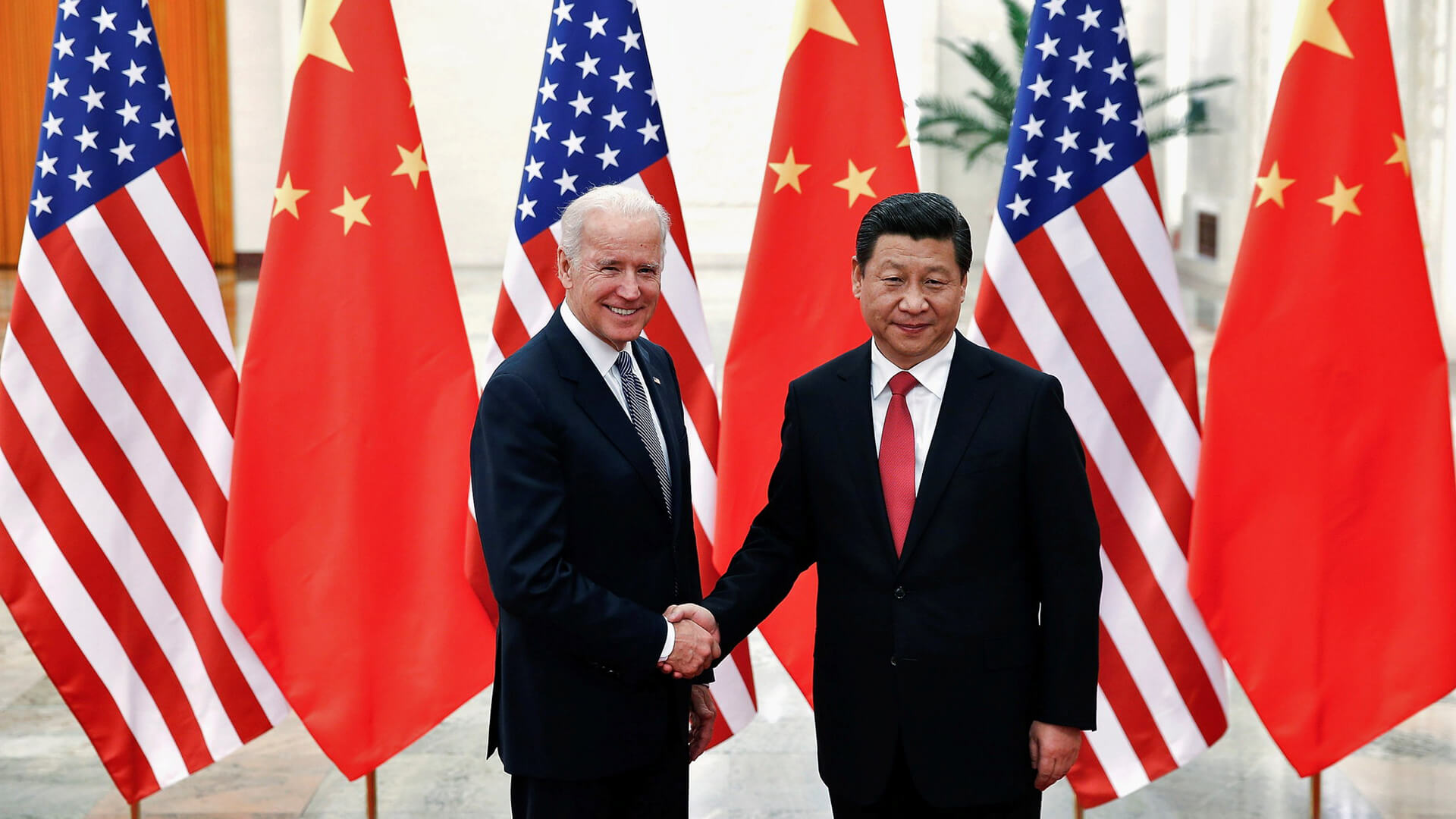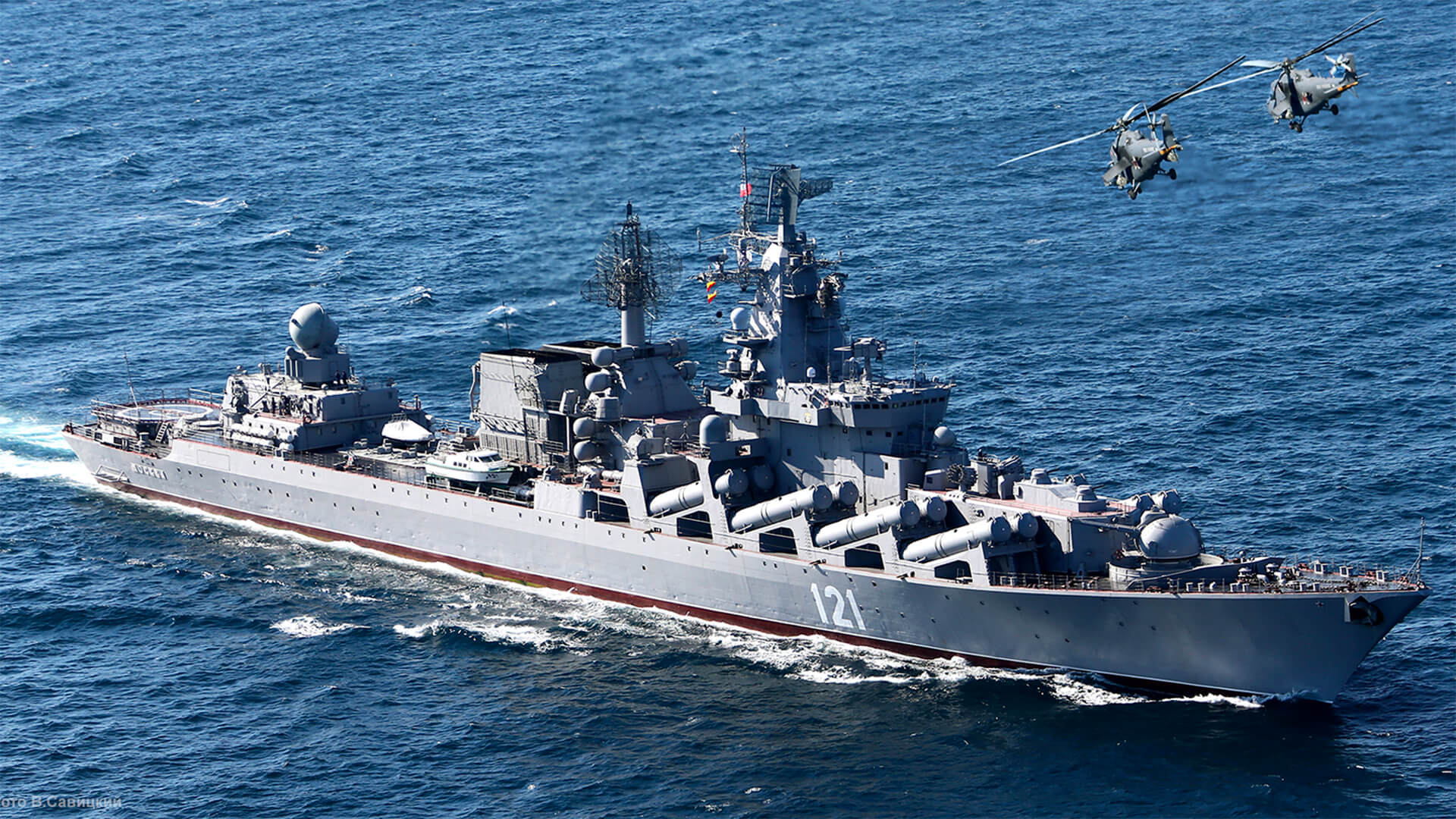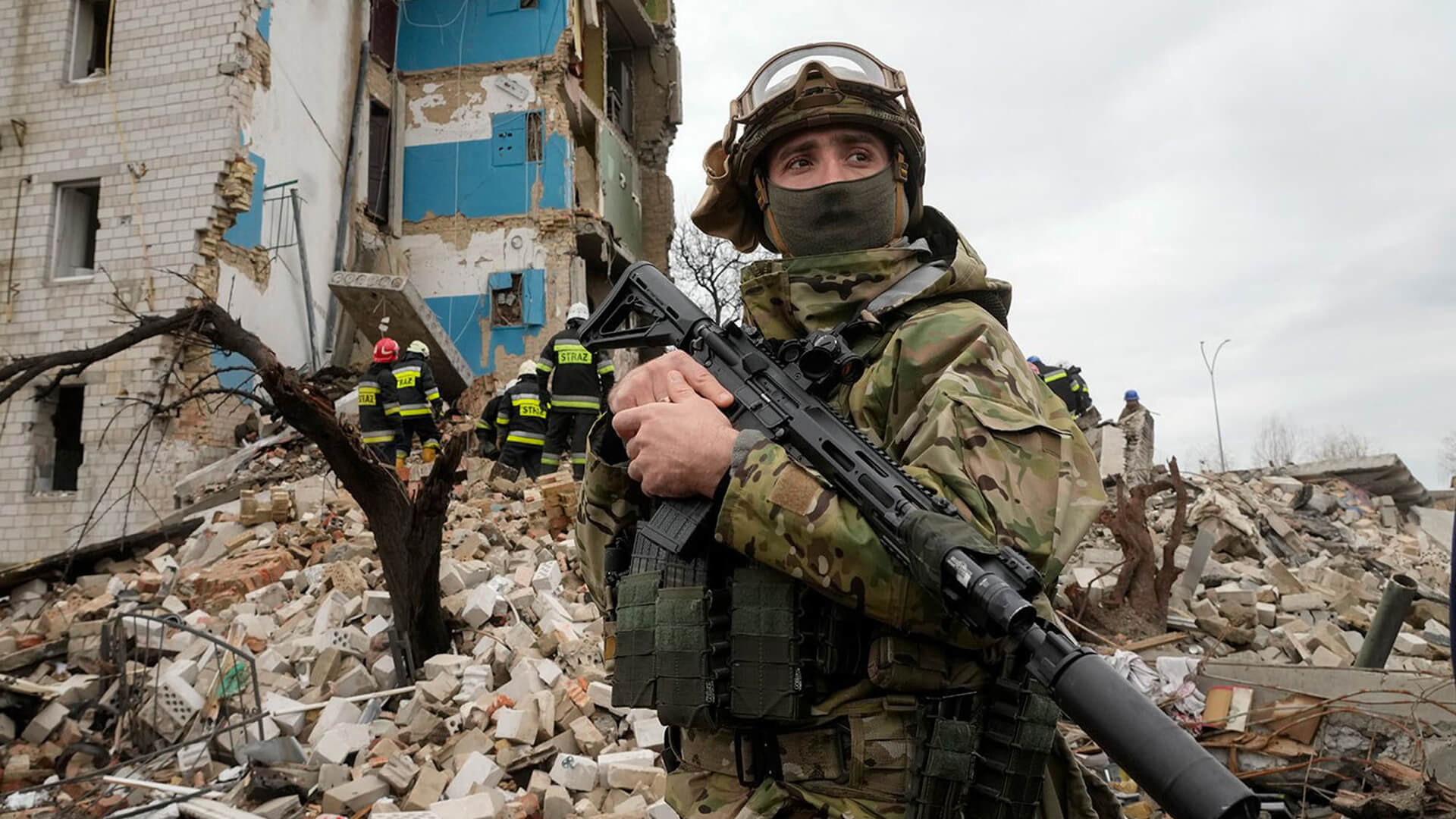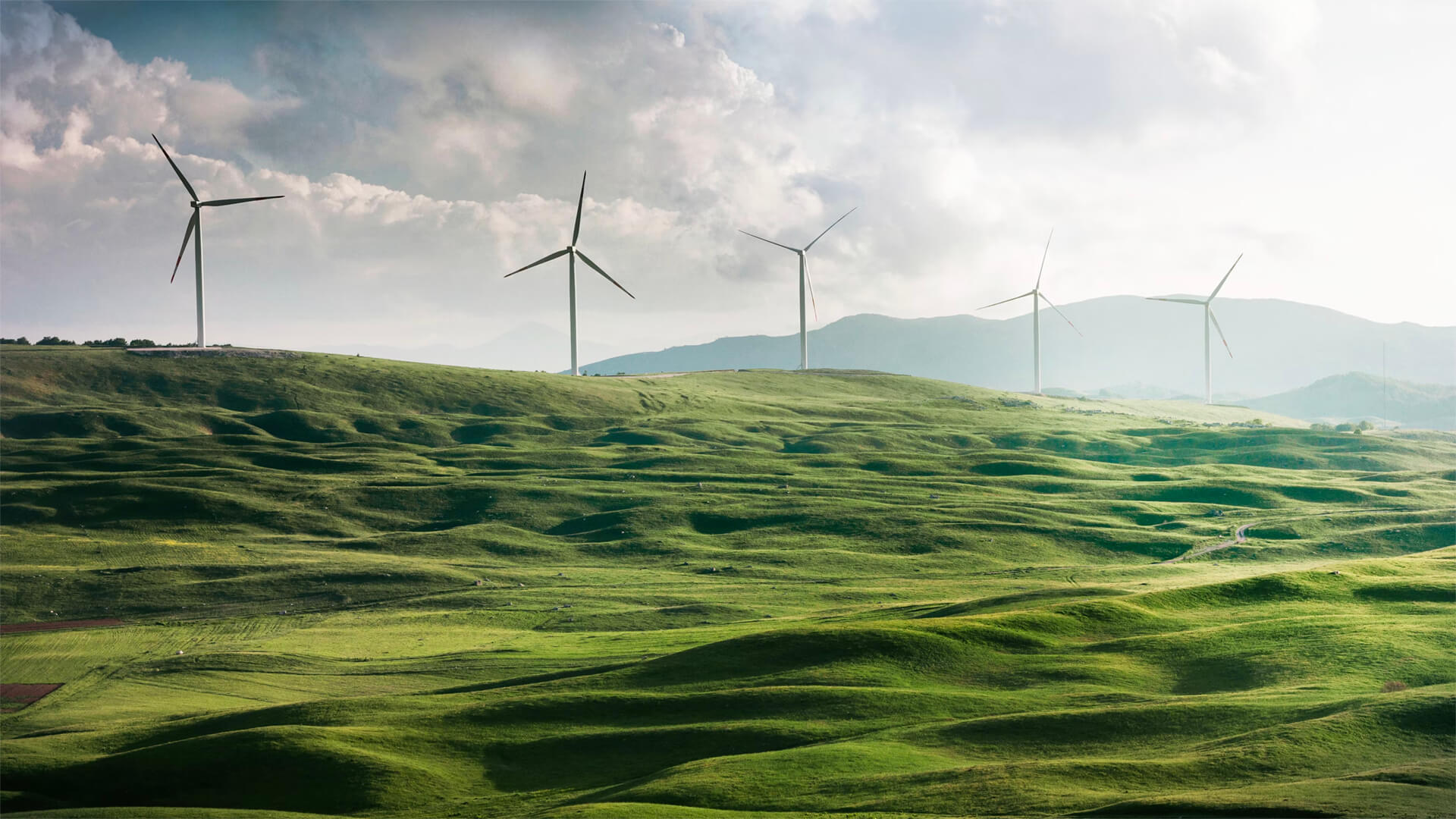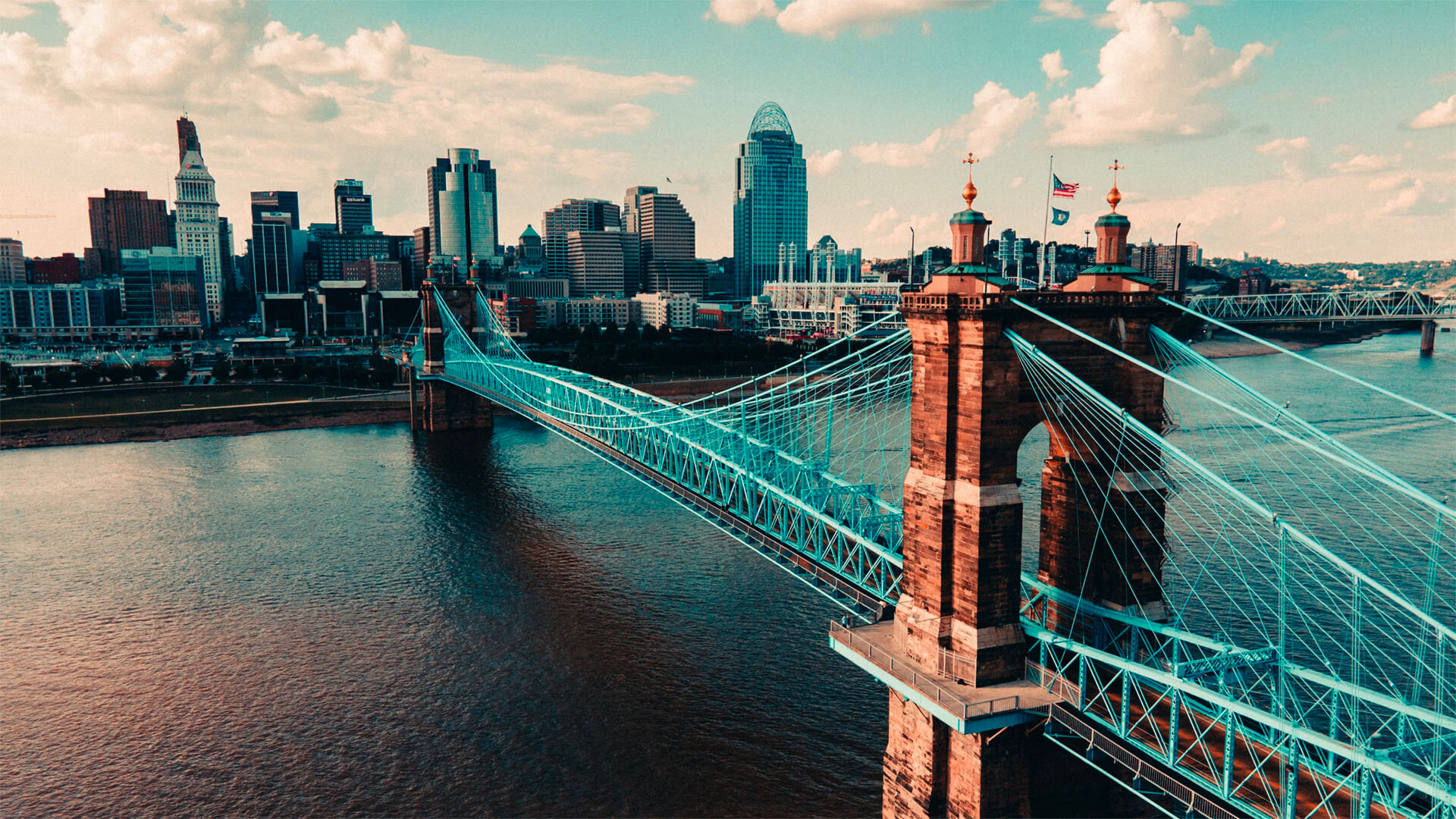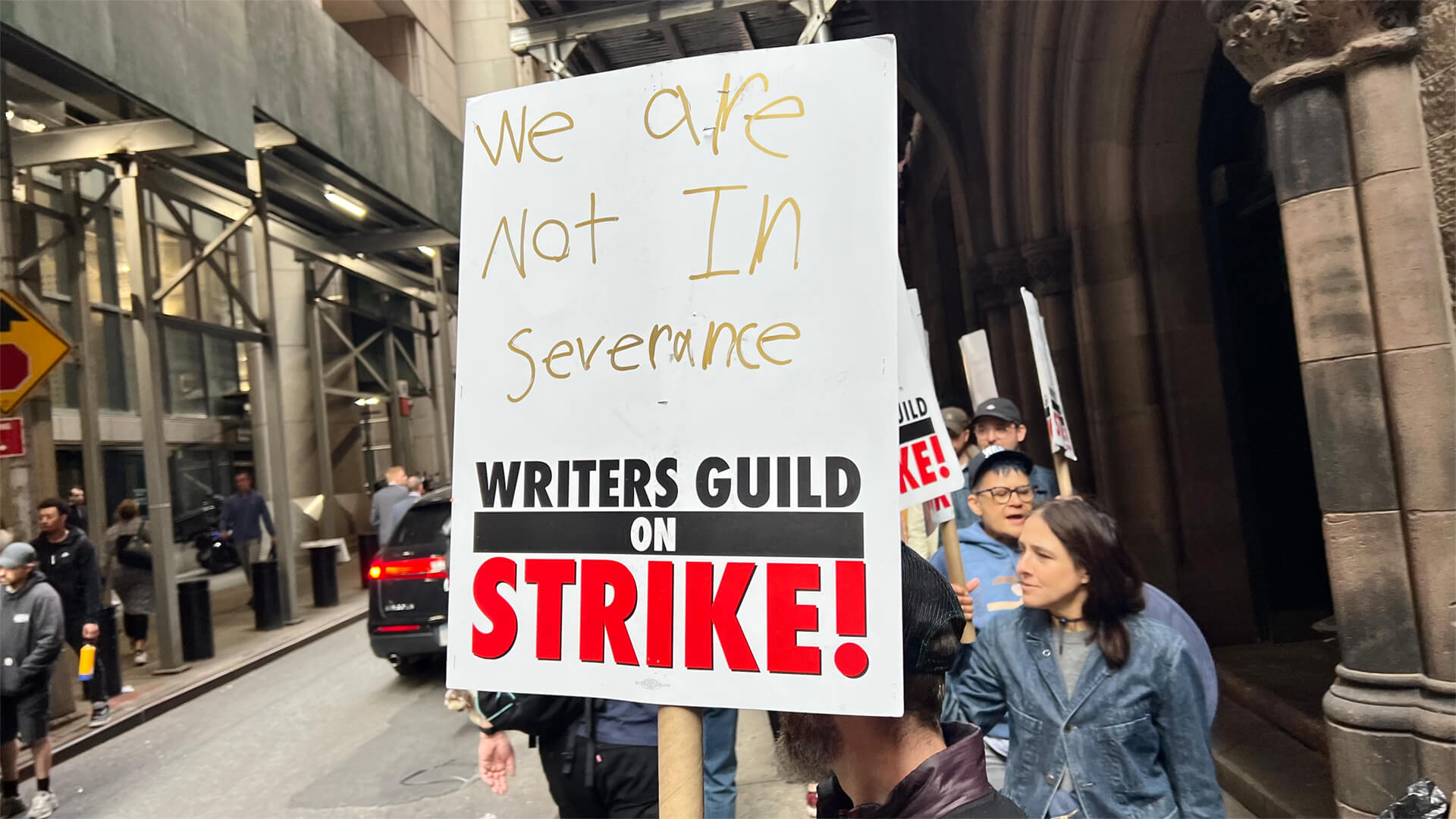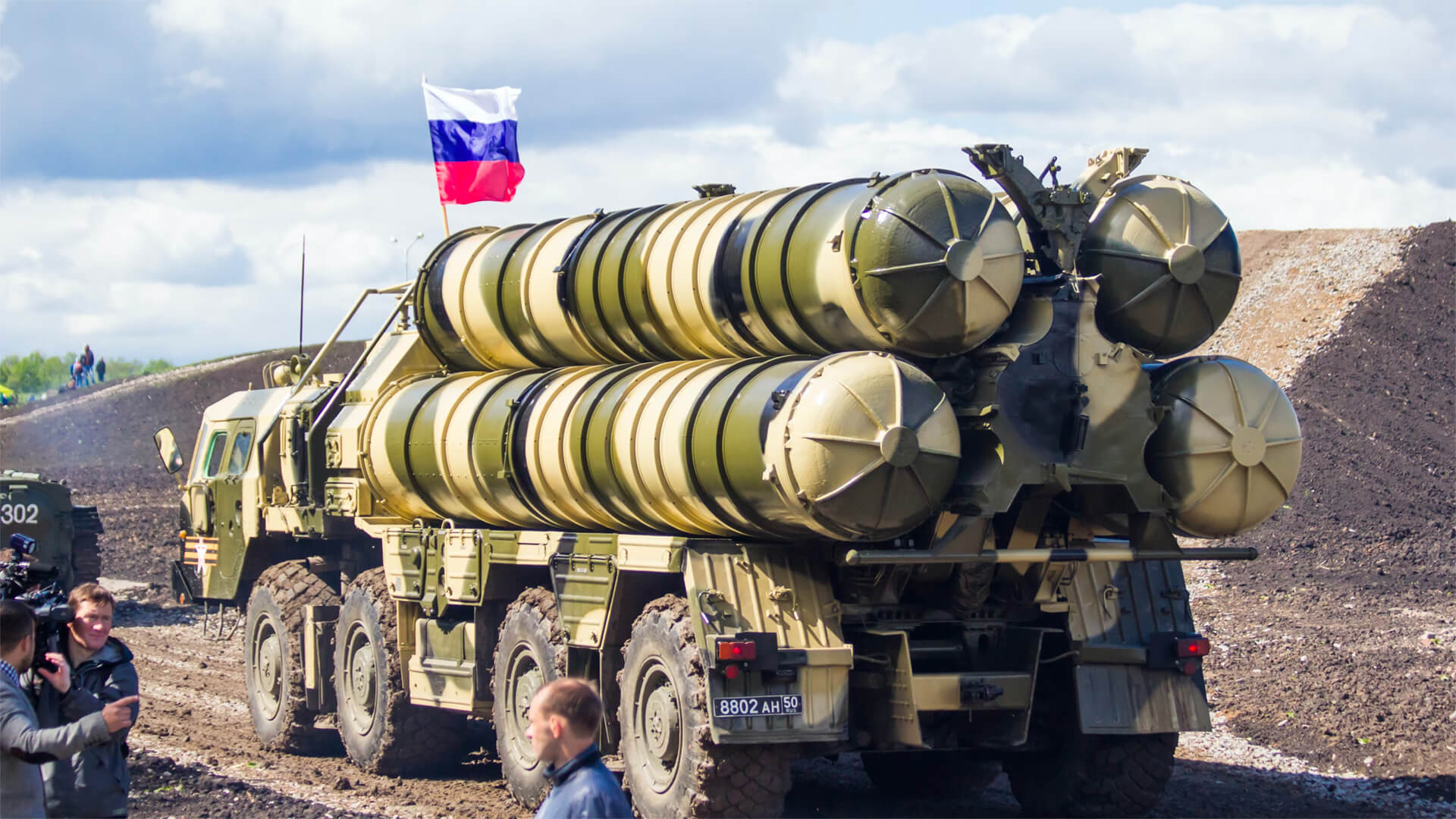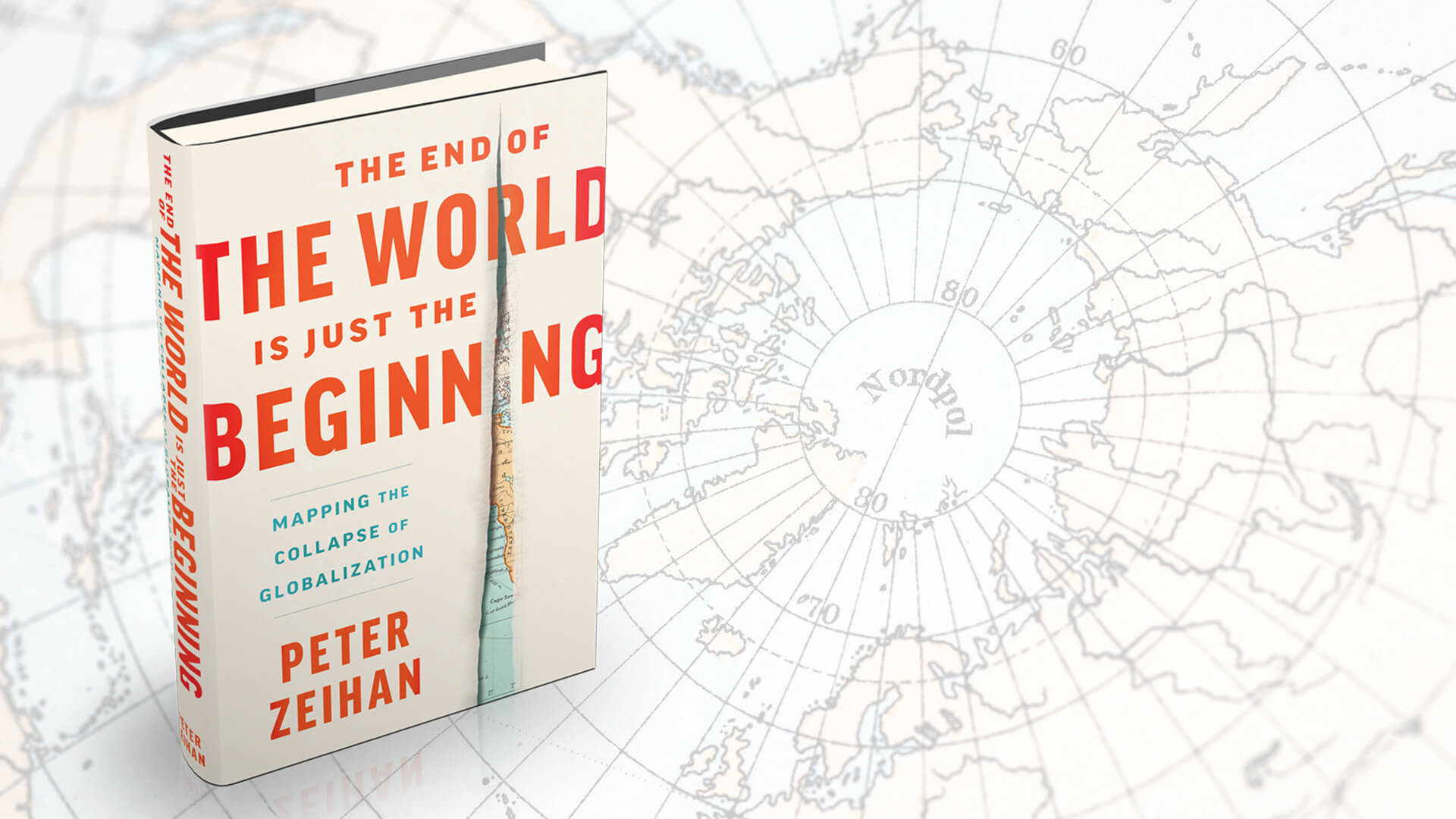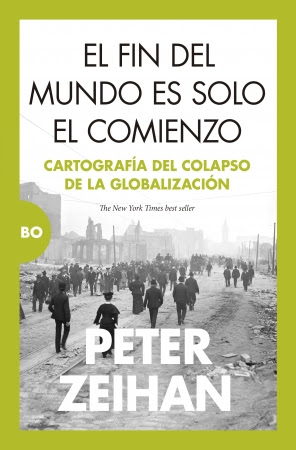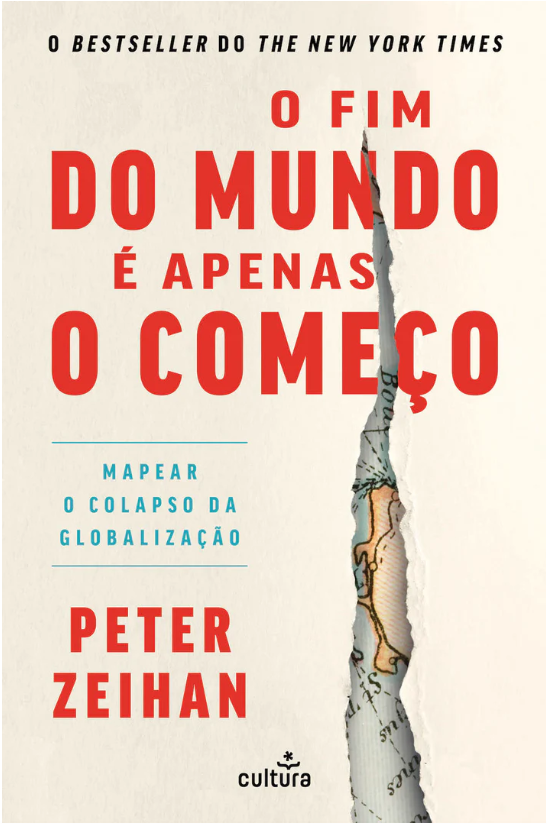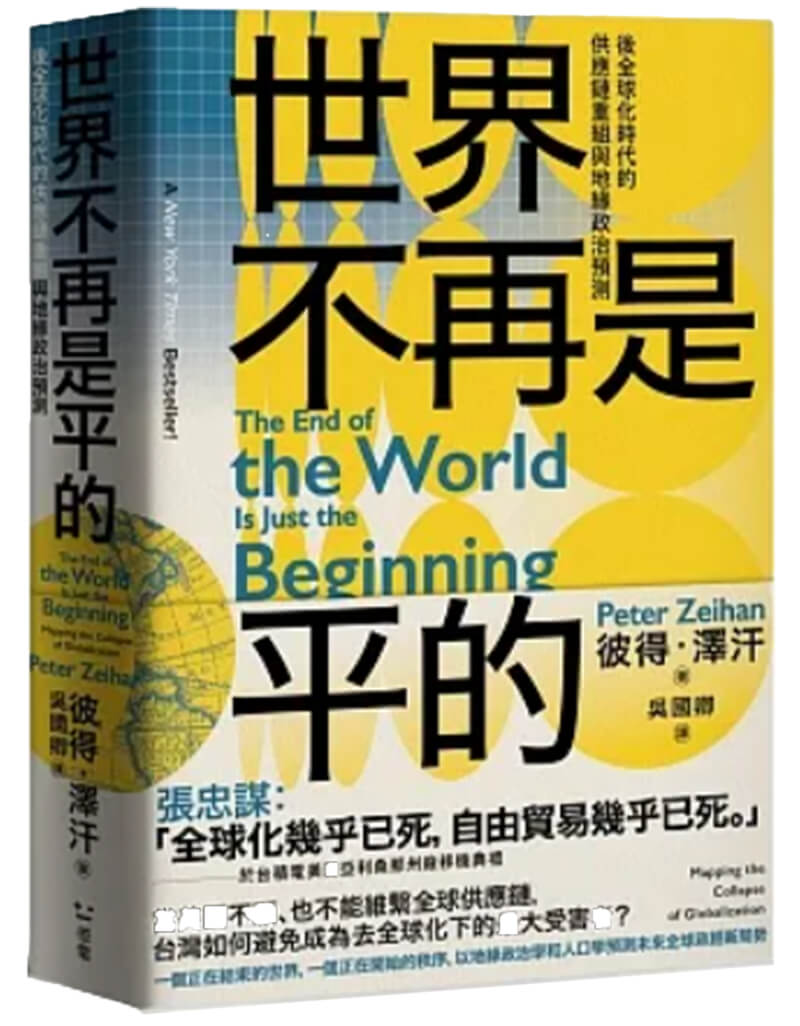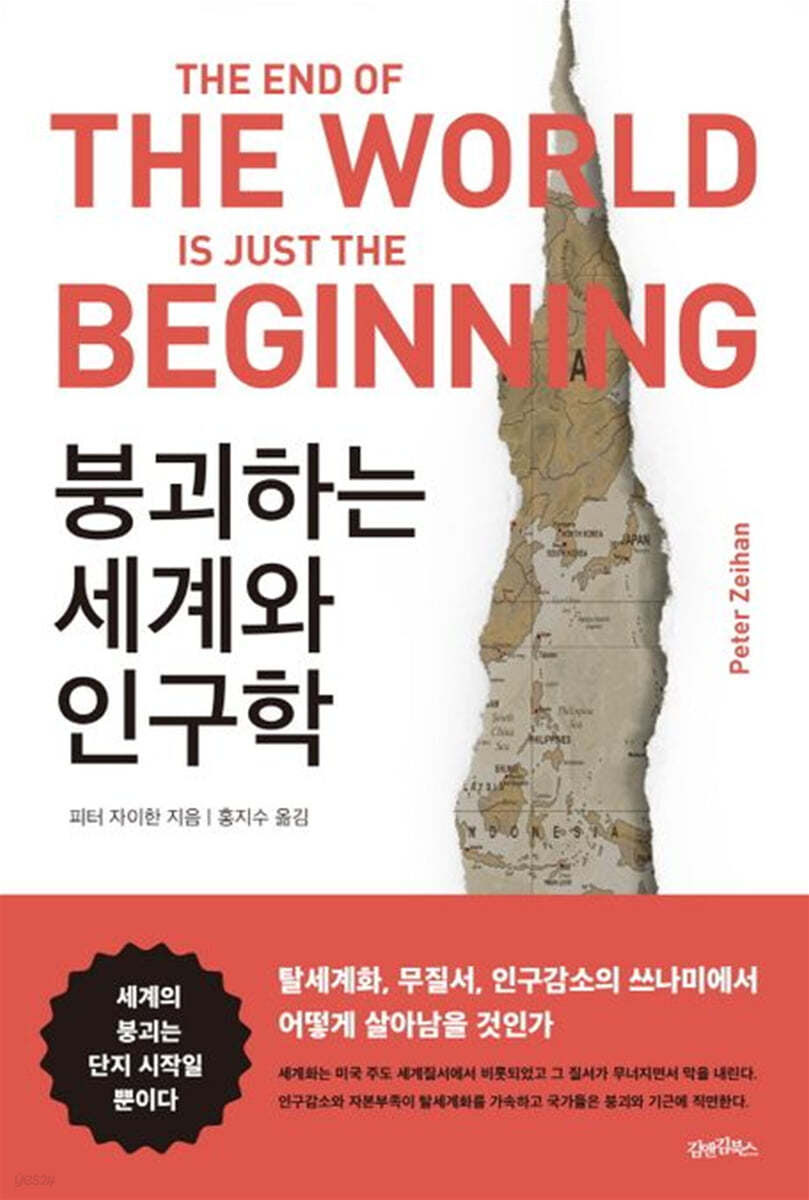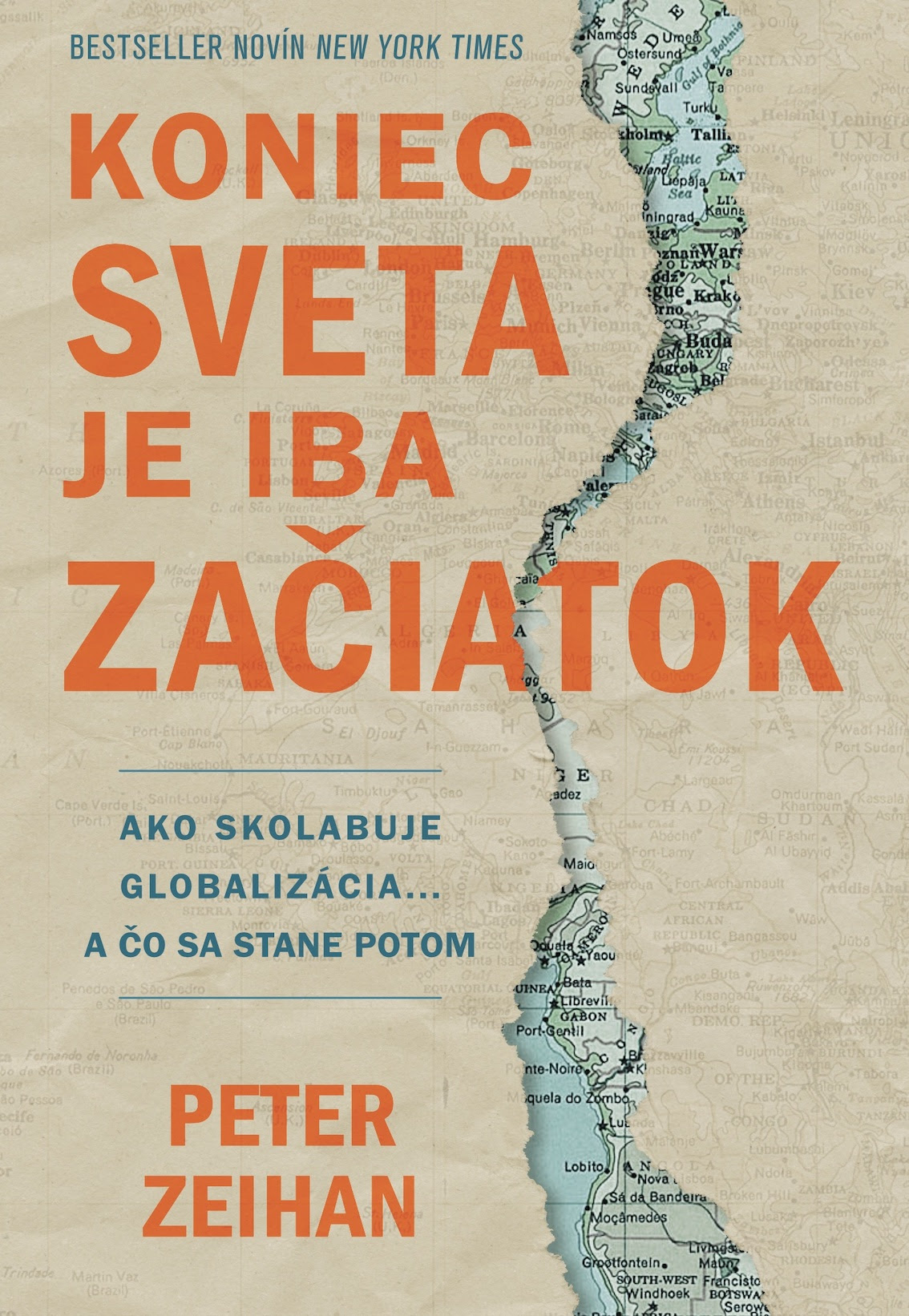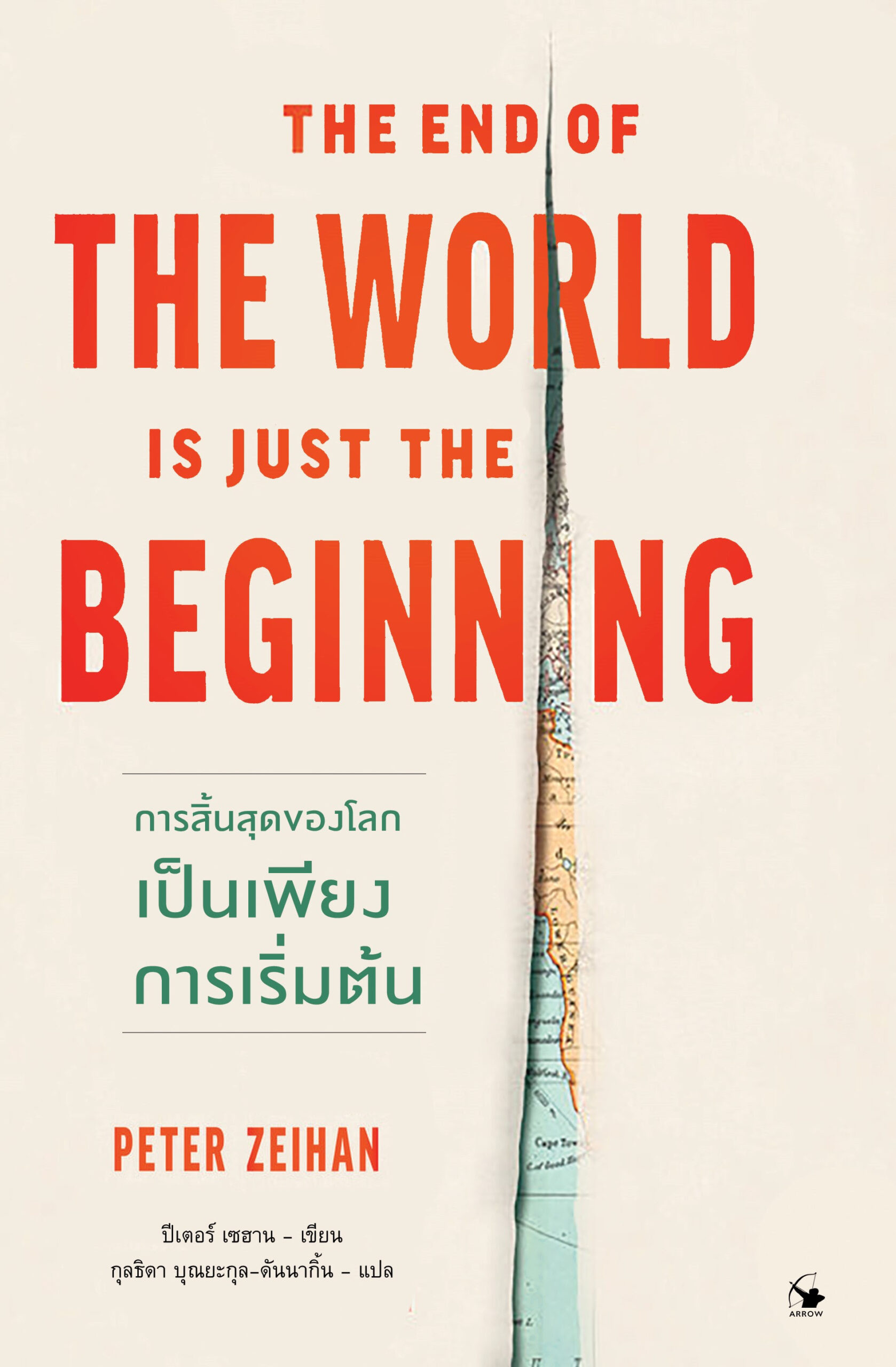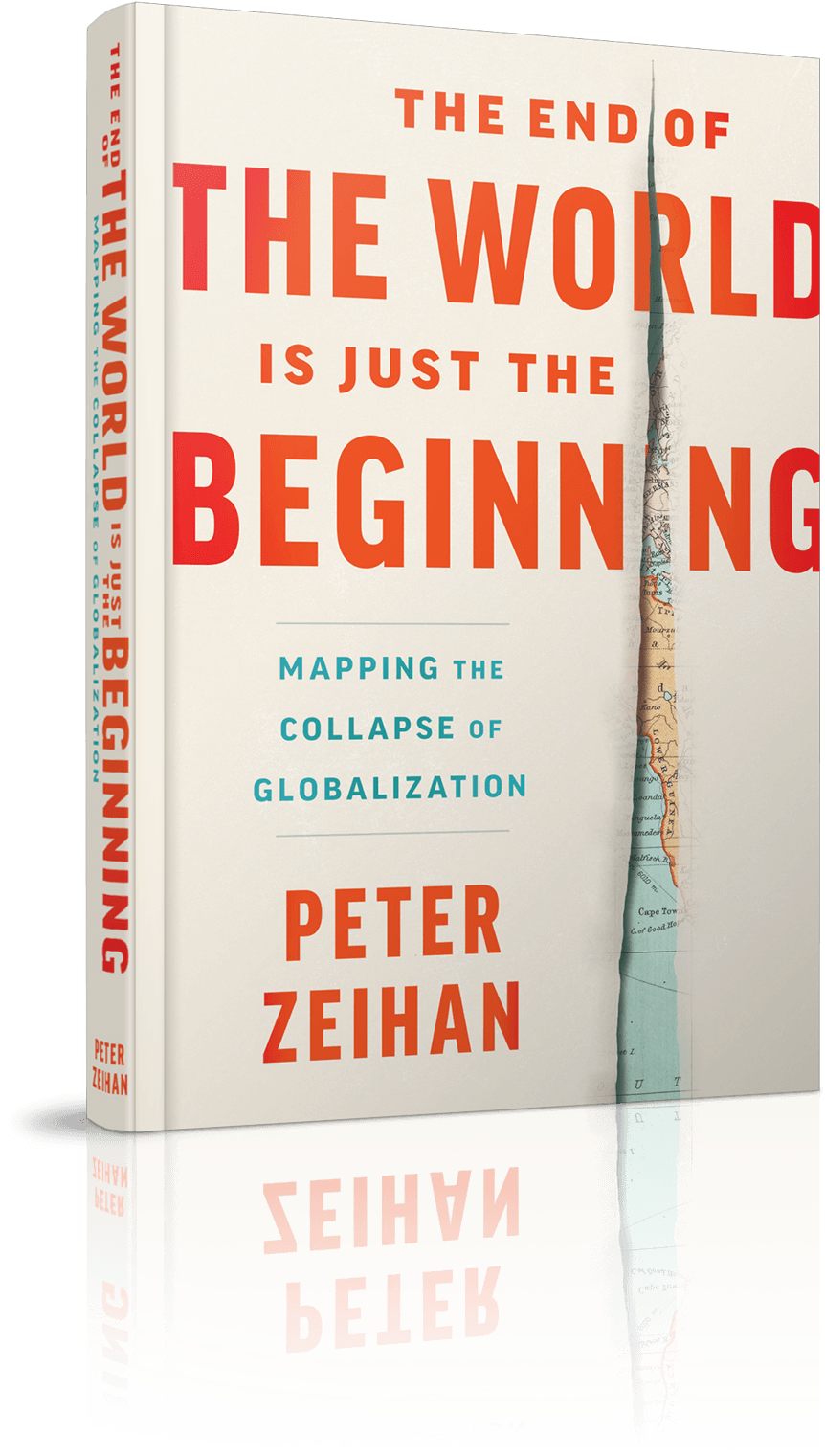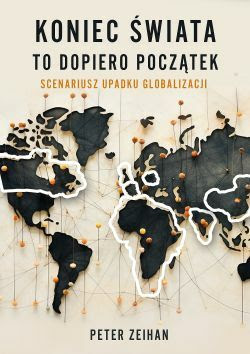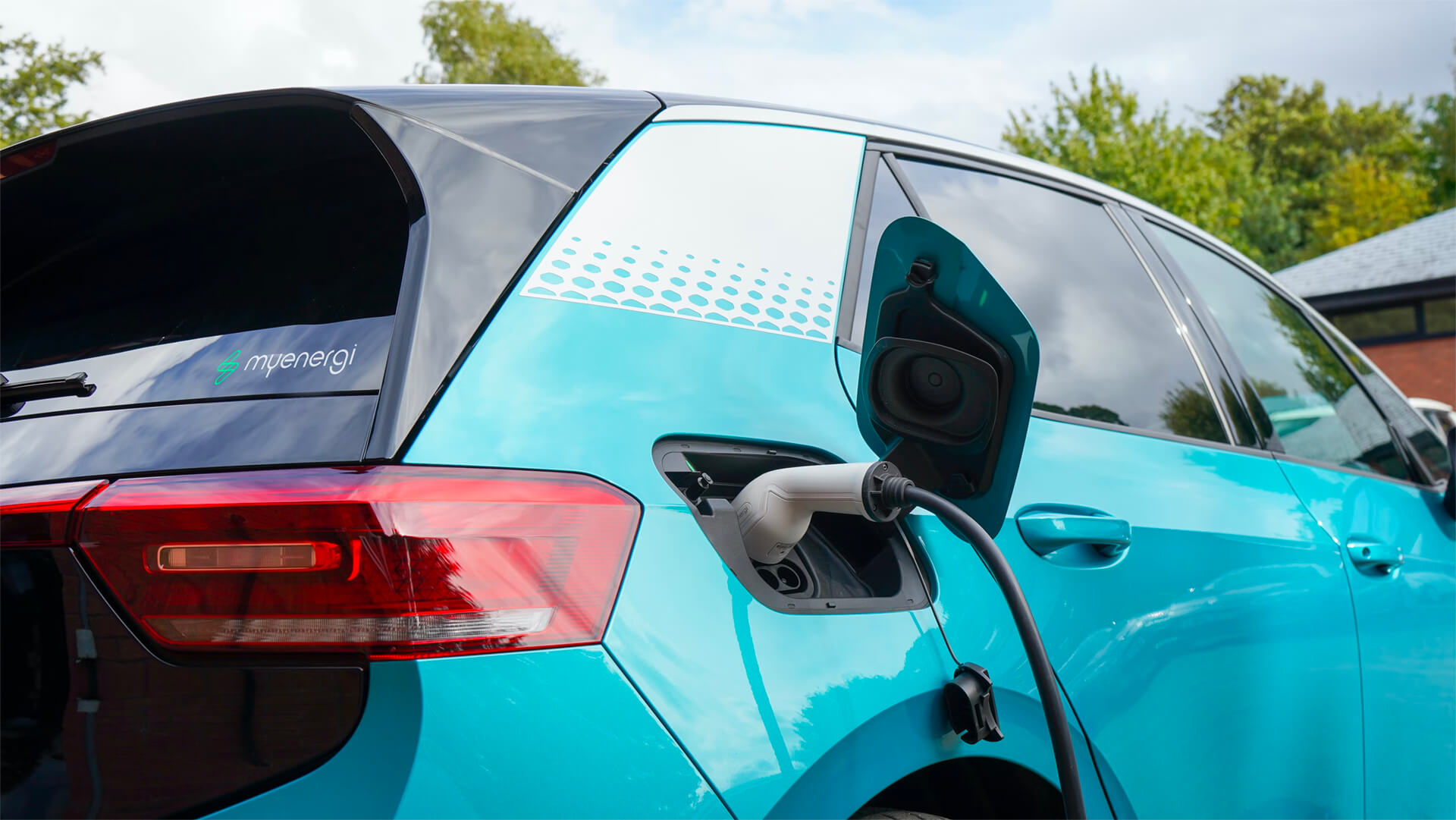President Biden and Chairman Xi Jinping will have a private meeting at the APEC Summit in San Francisco. I’m not overly optimistic about getting any meaningful information out of this hospice meetup, but it’s better than nothing.
Thanks to the cult of personality established by Xi, getting a message to him is damn near impossible. At the very least, we’re going straight to the source this time, and we’ll get an opportunity to assess the current state of the Chinese leader.
So keep an eye out for some updates after this meeting concludes, but I wouldn’t get your hopes up for anything too exciting…
Here at Zeihan On Geopolitics we select a single charity to sponsor. We have two criteria:
First, we look across the world and use our skill sets to identify where the needs are most acute. Second, we look for an institution with preexisting networks for both materials gathering and aid distribution. That way we know every cent of our donation is not simply going directly to where help is needed most, but our donations serve as a force multiplier for a system already in existence. Then we give what we can.
Today, our chosen charity is a group called Medshare, which provides emergency medical services to communities in need, with a very heavy emphasis on locations facing acute crises. Medshare operates right in the thick of it. Until future notice, every cent we earn from every book we sell in every format through every retailer is going to Medshare’s Ukraine fund.
And then there’s you.
Our newsletters and videologues are not only free, they will always be free. We also will never share your contact information with anyone. All we ask is that if you find one of our releases in any way useful, that you make a donation to Medshare. Over one third of Ukraine’s pre-war population has either been forced from their homes, kidnapped and shipped to Russia, or is trying to survive in occupied lands. This is our way to help who we can. Please, join us.
TranscripT
Hey, everybody. Peter Zeihan here coming to you from Chicago. I am recording this on the 14th November. You’ll see it tomorrow, the 15th. The news today is that the APEC Forum, that’s Asia Pacific Economic Cooperation. It’s a forum that was set up decades ago to help with economic integration among the Asia-Pacific region is having their annual heads of state summit in San Francisco.
And everyone who’s everyone will be there but is important, that is. And, you know, whatever. The real issue is that there’s going to be a bailout, a real standalone meeting between China’s chairman, as you’ve been paying, and America’s president, Joe Biden. Now, there are any number of reasons why it would be a good idea to have a summit right now.
There’s big issues going on in trade and security. There’s the Ukraine war, there’s Gaza, there’s energy, this green transition. It goes on and on and on and on. Not I’d be very surprised if they actually meaningfully discuss any of those issues because there’s a much more basic problem, and that is China. China’s cult of personality that has gathered around Xi Jinping has now become so strict that information is not being exchanged in the country.
And XI is basically shot the messenger so many times that he has very little idea of what’s going on in his own country or the wider world, whether it’s power outages or remember that spy balloon. We now know that it wasn’t even aware of it until after the entire issue was over. So we have we the United States has tried on multiple occasions to meet with some of the uppity ups high up within the Chinese bureaucracy, city and state authority systems, and have discovered that really no one has reliable access to the chairman at all.
So, for example, Secretary of State Blinken and Secretary of Defense Austin have both been to China to speak with their counterparts, only to discover that their foreign minister and their defense minister don’t actually have access to the chairman. It hadn’t for some time. And by the way, they both got fired shortly thereafter. So we’re sending in the only gun that’s bigger than SecDef and SEC State, and that is the president himself. So Xi and Biden will be meeting the day you see this, the 15th. And I’m not expecting meaningful policy addressing. So we’re just trying to find out if the guy has lost his mind at this point. Once you turn 60, you know, things start to go a little sideways and she is now 70.
And since no one except for, say, Vladimir Putin has had a meaningful access to Xi in years, this will be the first chance for the United States to judge whether the guy on the other side of the table still has his faculties about him. And luckily, the person who’s going to be judging whether or not the Chinese leader has failed because of age is Joe Biden.
So, you know, he knows what to look for.

